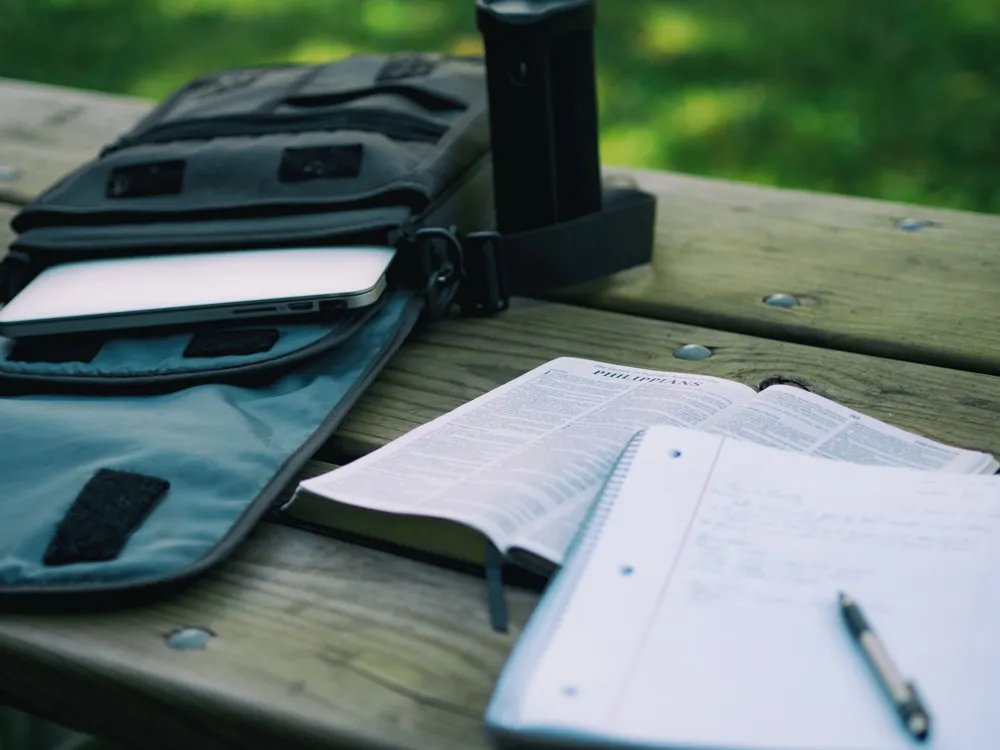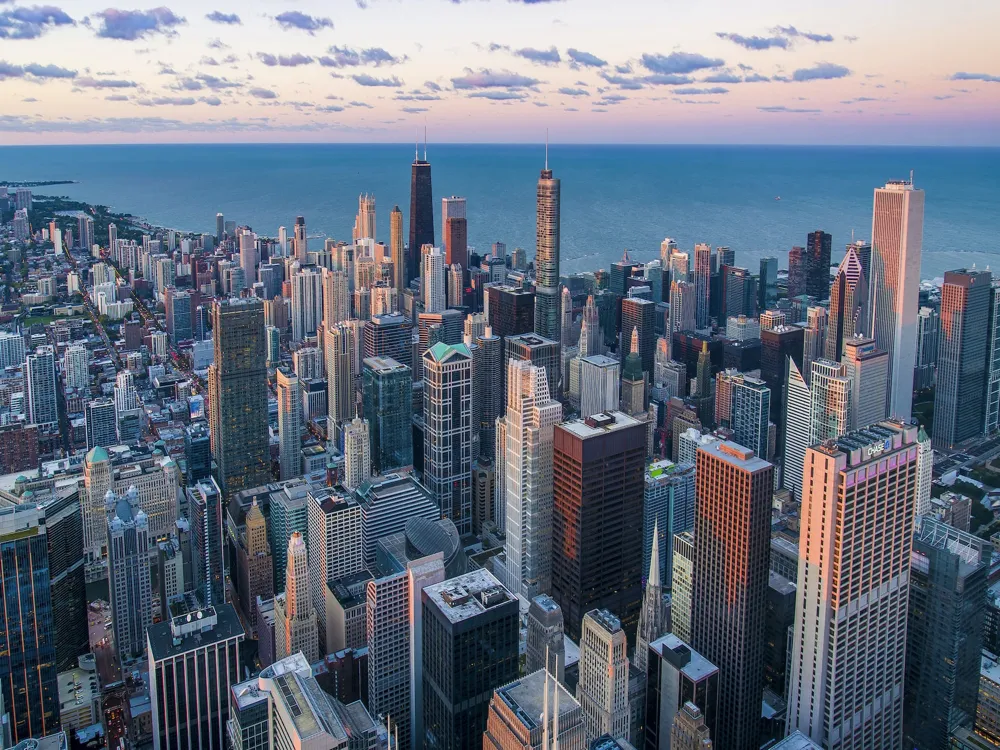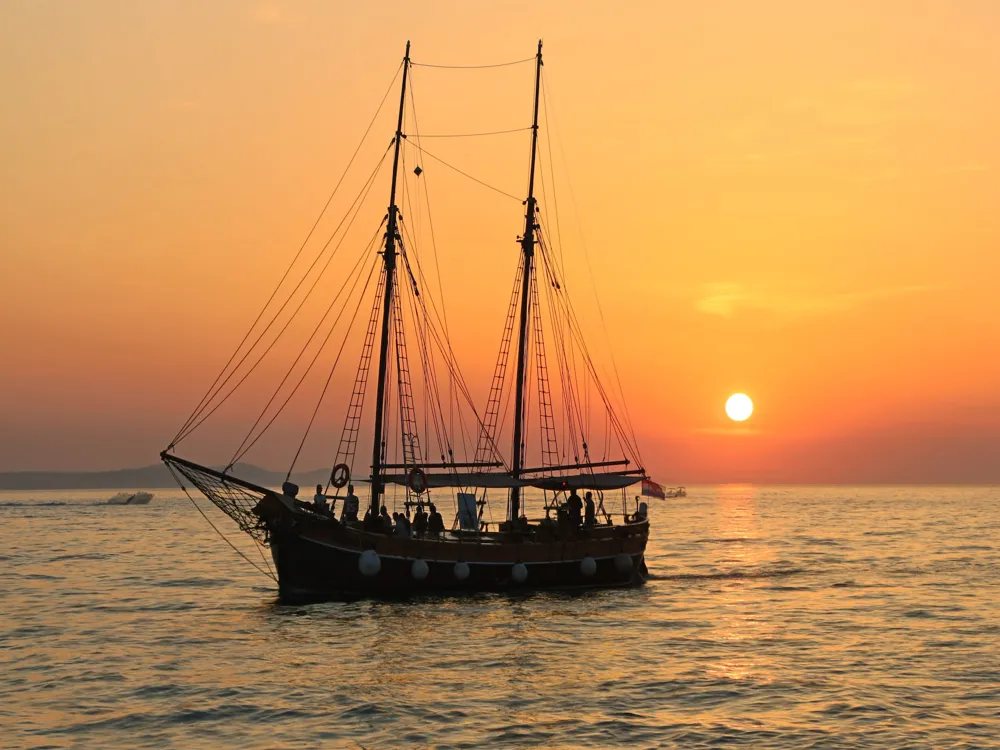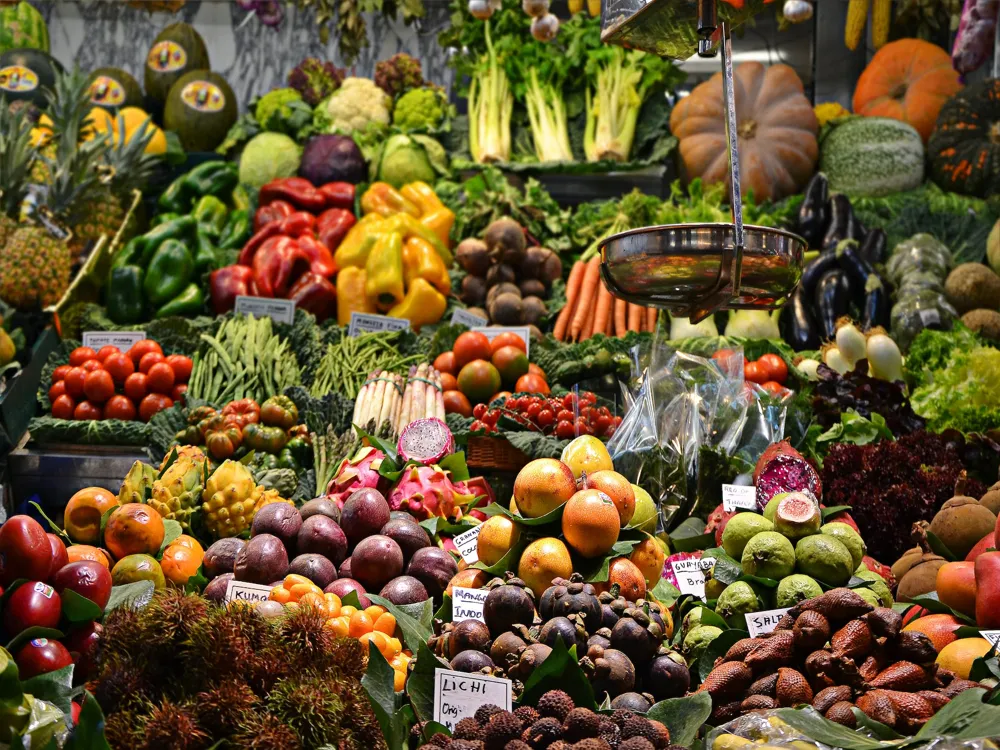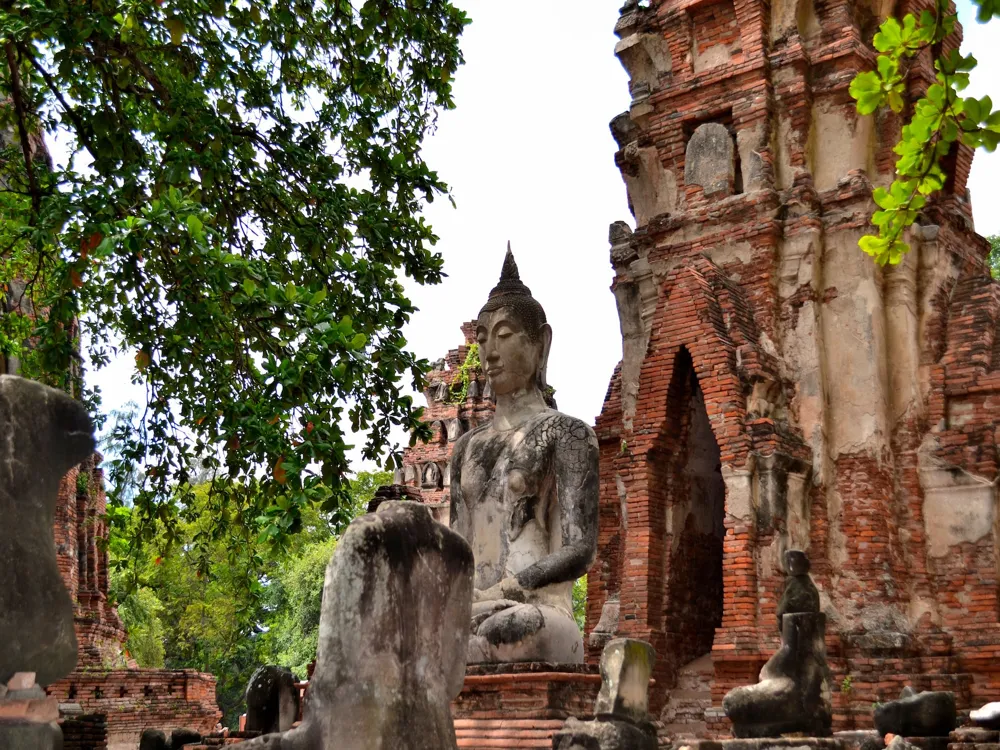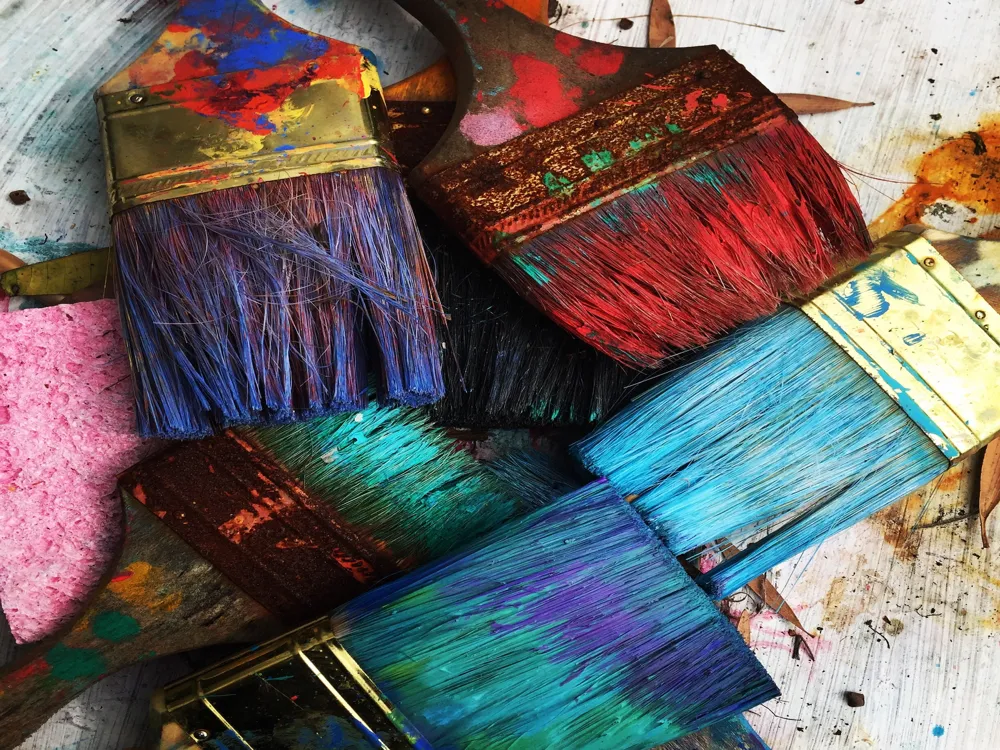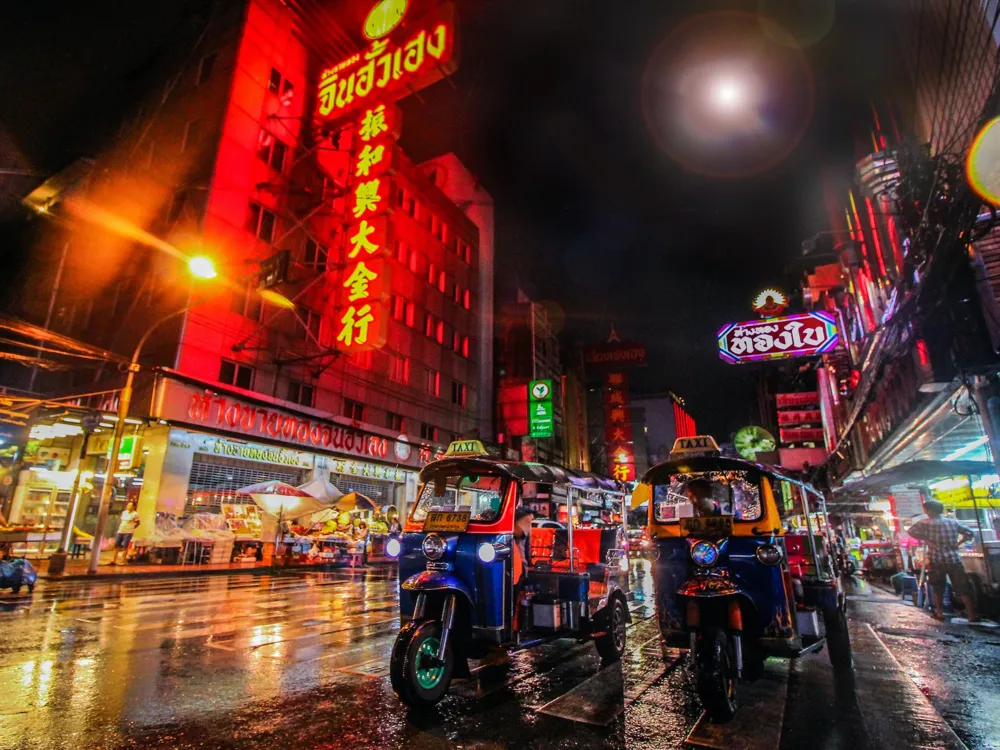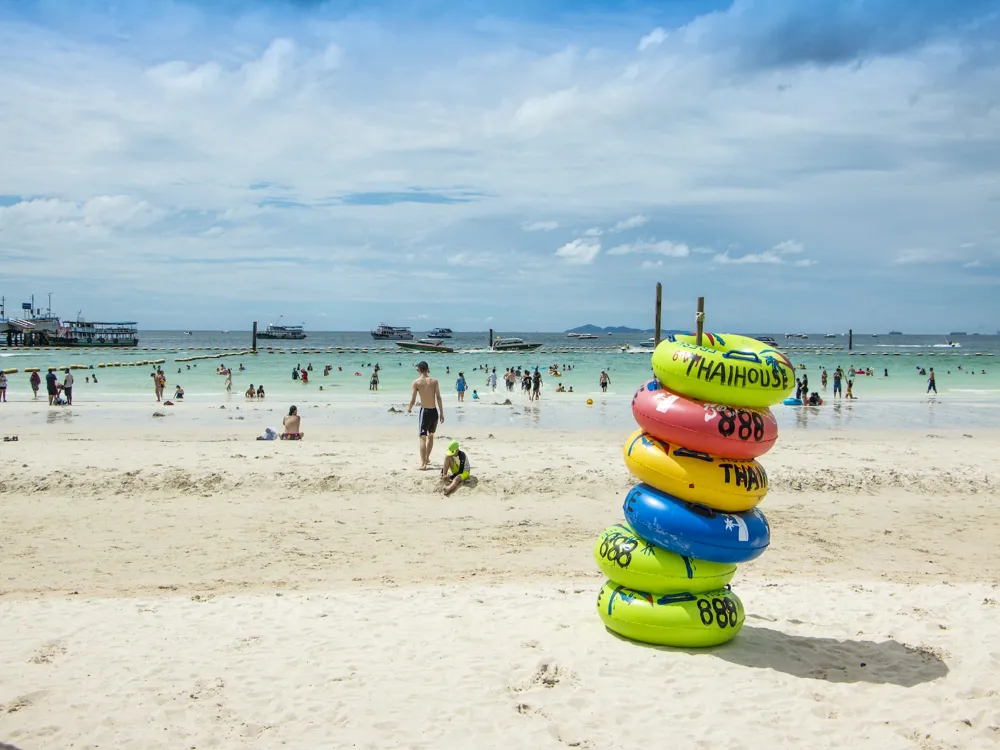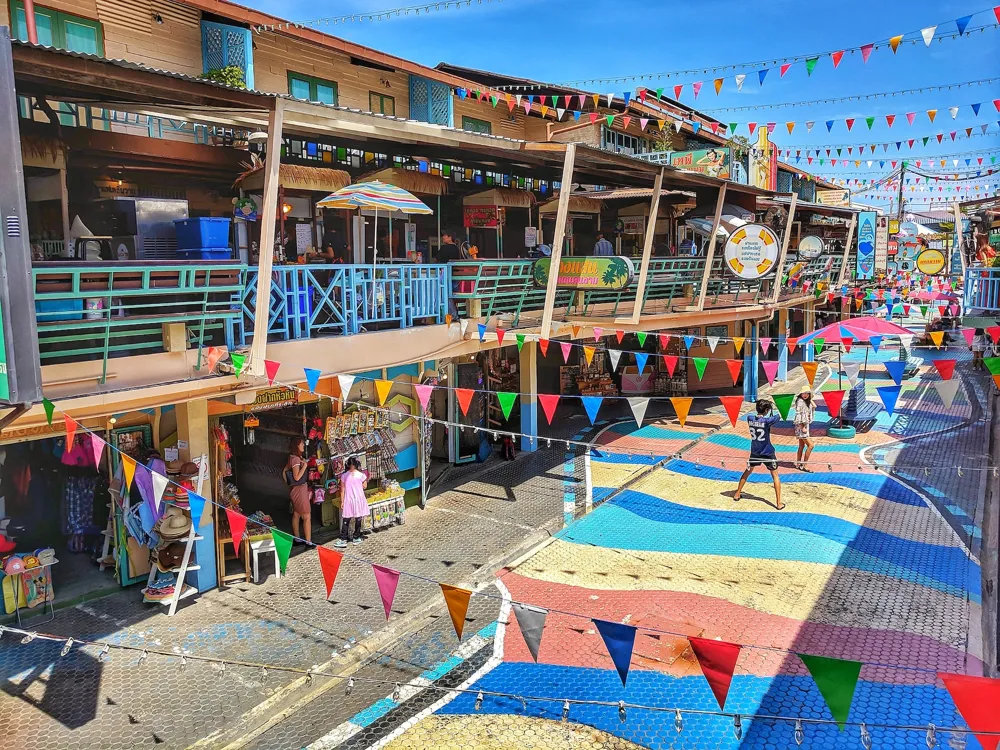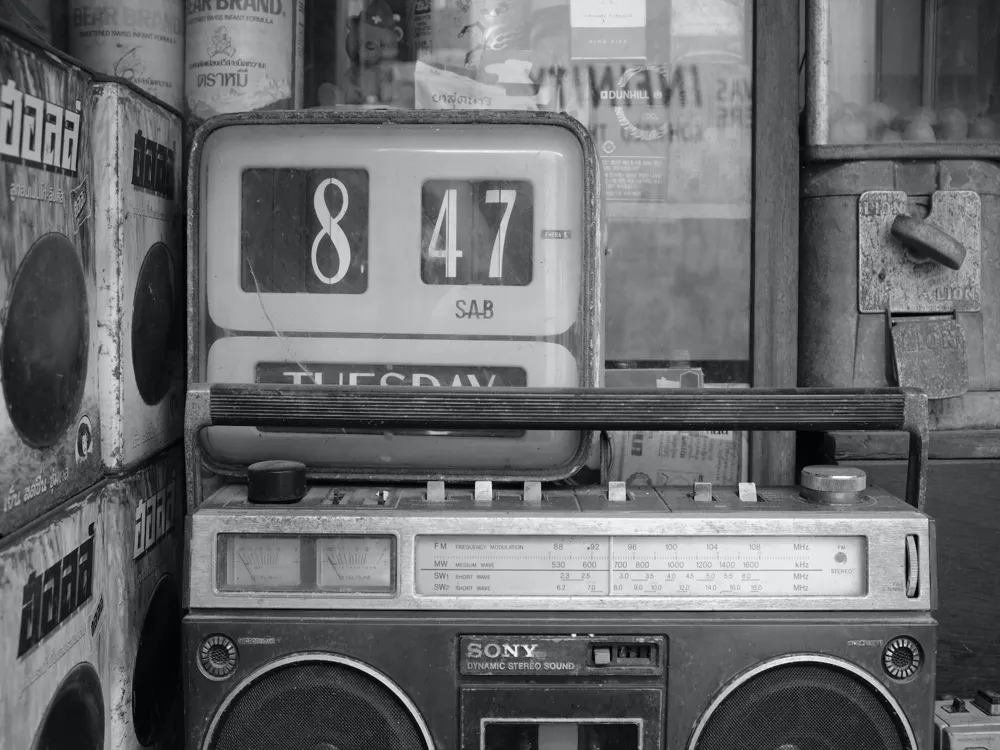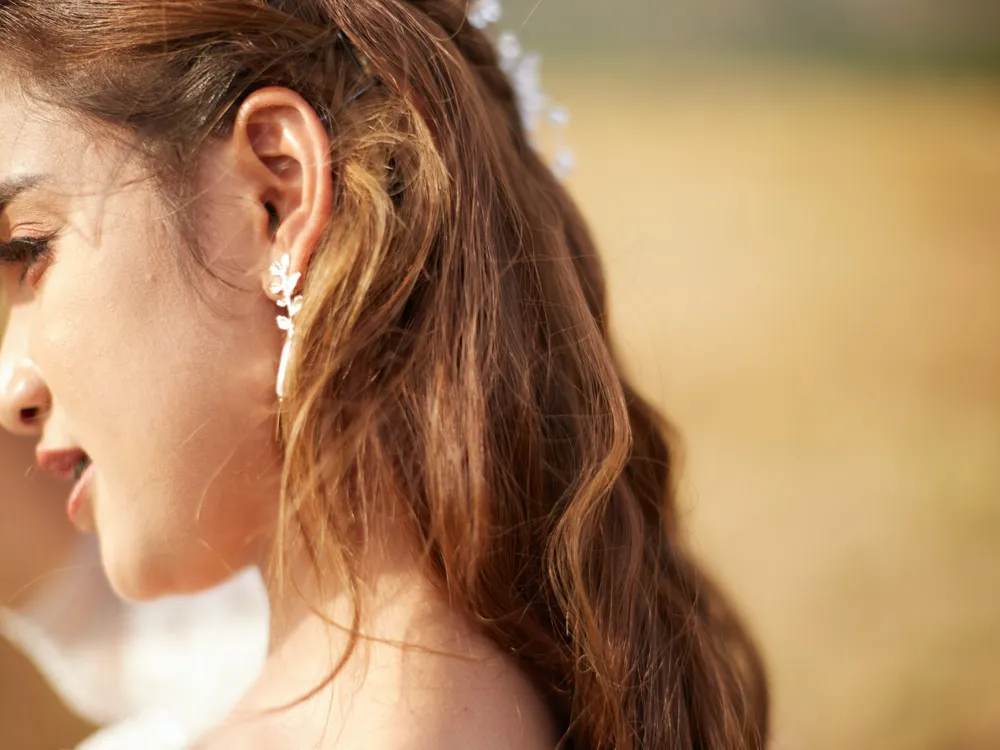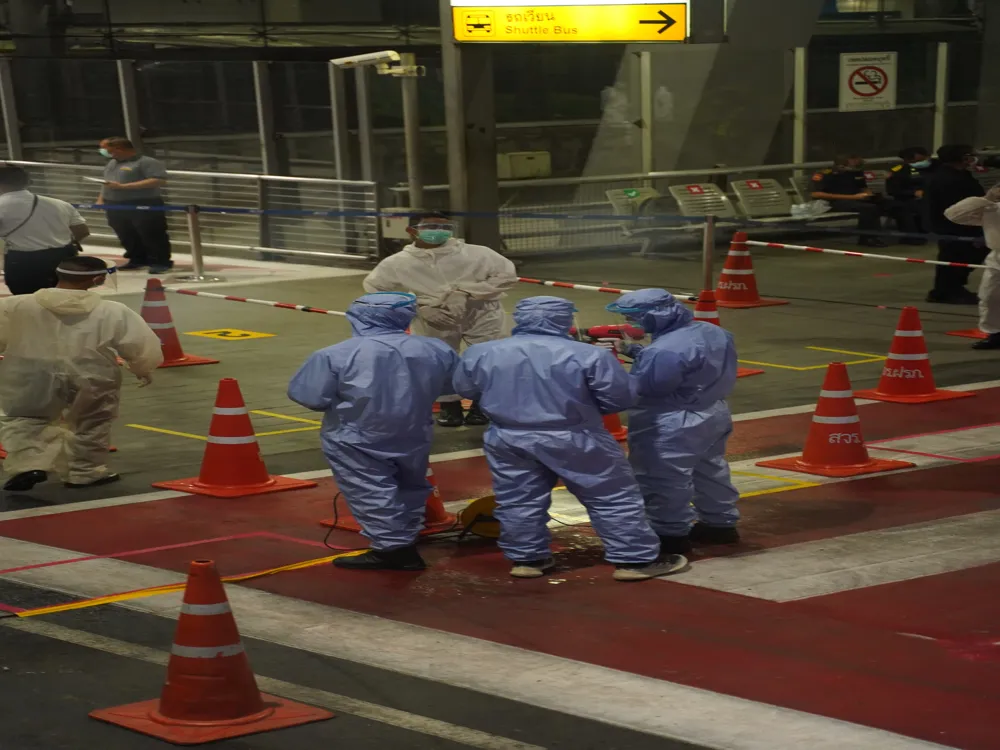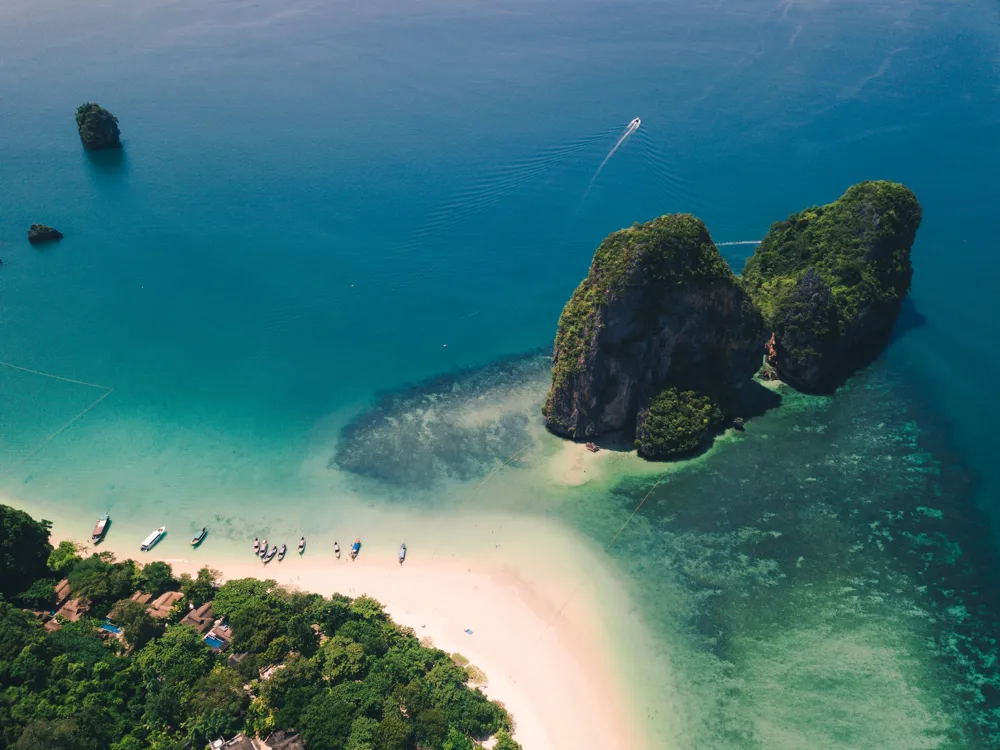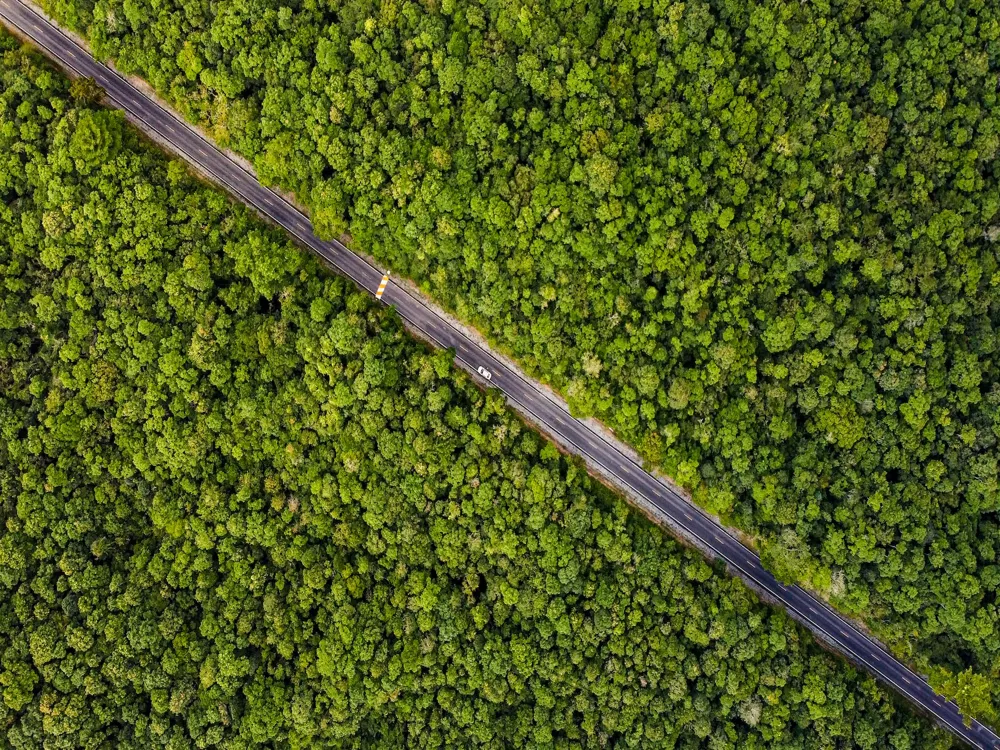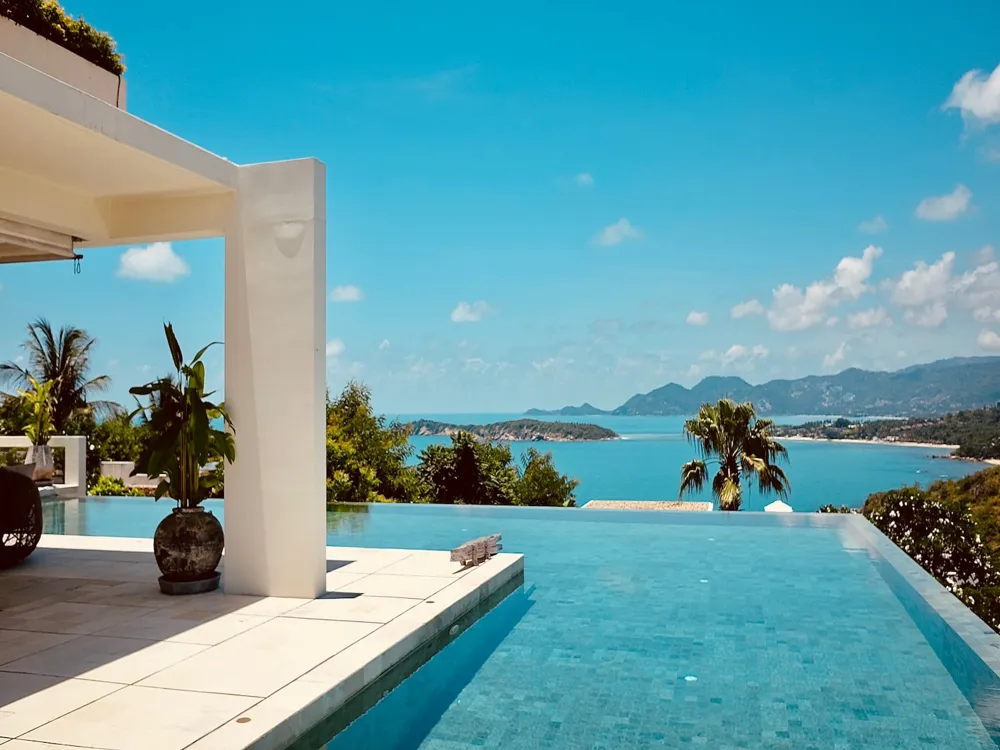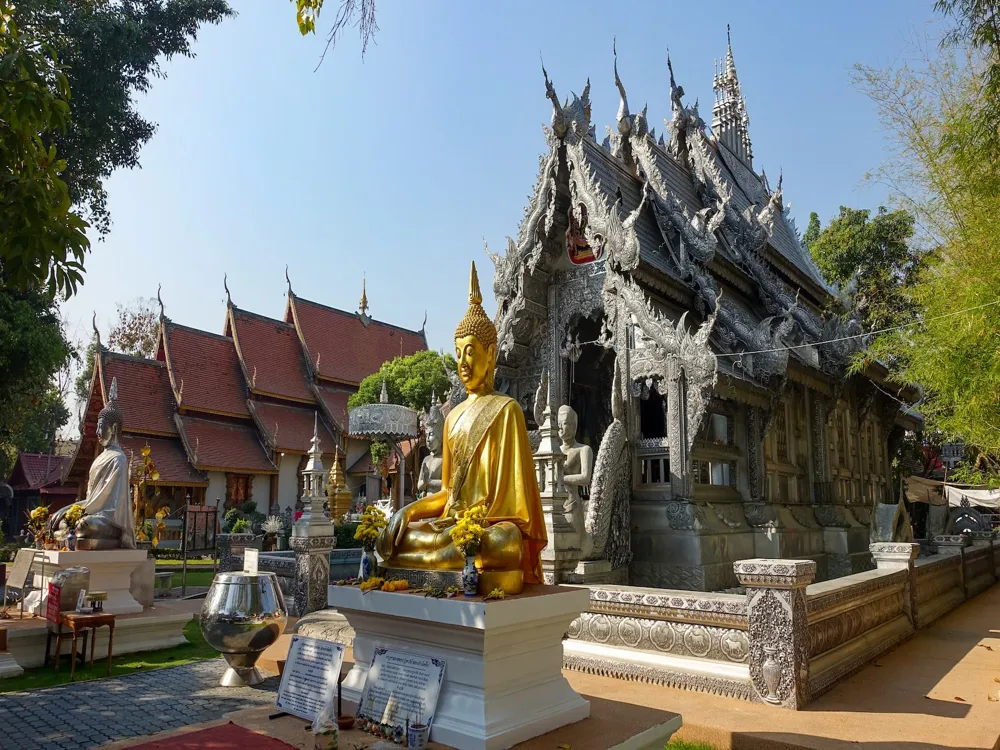The ancient city of Ayutthaya, once the capital of the Kingdom of Siam, is a remarkable historical site located in Thailand. Founded in 1350, it was the second Siamese capital after Sukhothai. This magnificent city was named after Ayodhya in India, reflecting the influence of Hinduism in the region. Ayutthaya flourished from the 14th to the 18th centuries, becoming one of the world's largest and most cosmopolitan urban areas and a center of global diplomacy and commerce. Unfortunately, the city was destroyed by the Burmese in the 18th century, leaving its vast complexes of ruins, which are now a major draw for archaeologists and tourists alike. Ayutthaya's unique location on an island surrounded by three rivers connected it to the sea, making it an ideal trade center. This strategic position helped it to become a powerful city in both the region and the world. The city's history is a tapestry of battles, alliances, and cultural exchanges, which is evident in its remaining architecture and artifacts. Today, Ayutthaya is recognized as a UNESCO World Heritage Site, attracting visitors from around the globe who come to marvel at its historic temples, palaces, and statues. Ayutthaya played a crucial role in the history of Thailand. As a former capital, it was the center of politics, culture, and trade for over 400 years. The city's wealth and power were reflected in its grandiose structures, many of which were adorned with gold and precious stones. Its cultural and economic significance made it a focal point for international merchants from Europe, China, India, and Japan, leaving a lasting impact on the city's architecture and culture. The fall of Ayutthaya in 1767 was a significant event in Thai history. It marked the end of a golden era and led to the establishment of a new capital, Bangkok. The destruction of Ayutthaya by the Burmese was a devastating blow, but it paved the way for the modernization of Thailand under the rule of King Rama I and the Chakri dynasty. Ayutthaya's architecture and art are a unique blend of Siamese, Khmer, Indian, and Persian styles. This fusion is evident in the city's remaining structures, including its characteristic prang (reliquary towers) and gigantic monasteries. Many of the city's temples were built in the traditional Ayutthayan style, characterized by large, bell-shaped chedis (stupas) encrusted with colorful tiles. The city's art and architecture significantly influenced the development of Thai culture. Ayutthaya's style of sculpture, which often depicted the Buddha in a state of serene meditation, was distinctive and became a hallmark of Thai Buddhist art. The ruins that remain today provide valuable insight into the city's past grandeur and the artistic and architectural advancements of the time. Ayutthaya's architecture is a stunning representation of the city's historical significance and cultural diversity. The city's design was influenced by various factors, including its strategic location, religious beliefs, and interactions with other cultures. The architecture of Ayutthaya is characterized by its unique blending of Siamese, Khmer, Indian, and Persian elements, reflecting the city's role as a melting pot of cultures. The most prominent architectural feature of Ayutthaya is its religious structures, particularly its Buddhist temples. These temples, or wats, are renowned for their distinctive design, featuring large central prangs surrounded by smaller chedis and viharas (assembly halls). The prangs, inspired by Khmer architecture, are tower-like structures representing Mount Meru, the center of the universe in Hindu and Buddhist cosmology. The architectural elements that define Ayutthaya include the grandiose prangs, bell-shaped chedis, and intricate carvings. The prangs are perhaps the most iconic, with their corn-cob shape and stucco decorations depicting stories from Buddhism. The chedis, influenced by the Sukhothai style, are significant as they house the relics of Buddha and are considered sacred. The city also features a variety of secular buildings, including palaces and administrative buildings. These structures were built using a mix of brick and wood and often featured elaborate carvings and decorations. The Bang Pa-In Royal Palace, for example, is a notable example of the fusion of Thai and European architectural styles, reflecting the influence of foreign cultures on Ayutthaya. Foreign influences played a significant role in shaping Ayutthaya's architecture. The city's strategic location made it a hub for international trade, bringing in influences from Europe, China, India, and Japan. This cultural exchange is evident in the eclectic mix of architectural styles found throughout the city. European influences, for example, can be seen in the use of Renaissance and Baroque elements in some of the palaces and fortifications. Chinese influence is also notable, particularly in the decorative elements such as the use of glazed tiles and the incorporation of Chinese motifs and sculptures in temple complexes. Indian influence is evident in the Hindu elements found in the city's religious architecture, such as the prangs, which are reminiscent of Indian temple spires. The best time to visit Ayutthaya is between November and February, when the weather is cooler and more comfortable for exploring the outdoor sites. Avoid the rainy season from May to October, as heavy rains can make travel difficult. Ayutthaya is accessible by bus, train, or boat from Bangkok. The most convenient way is by train, which offers scenic views of the countryside. Once in Ayutthaya, bicycles, tuk-tuks, and motorbikes are popular modes of transportation for getting around the historical park. Respect the local customs and traditions when visiting temples. Dress modestly, remove shoes before entering temple buildings, and avoid pointing your feet at Buddha statues. It's also important to speak softly and behave respectfully within temple grounds. Ayutthaya offers a range of accommodation options, from budget hostels to luxury resorts. The city is also famous for its cuisine, especially its river prawns and traditional Thai dishes. Don't miss the opportunity to try local street food for an authentic experience. Ayutthaya is easily accessible from Bangkok, the capital of Thailand. The city is about 80 kilometers north of Bangkok and can be reached by various means of transportation. Traveling by train is one of the most scenic and affordable ways to reach Ayutthaya. Trains run frequently from Bangkok's Hualamphong and Bang Sue stations, taking about 1.5 to 2 hours. The train journey offers a glimpse of the Thai countryside and rural life. Buses to Ayutthaya depart regularly from Bangkok's Mo Chit Bus Terminal. The journey takes approximately 1 to 1.5 hours, depending on traffic. Buses are a convenient and cost-effective option for travelers. For those preferring a more comfortable journey, hiring a car or taxi is a convenient option. The drive from Bangkok to Ayutthaya takes about an hour, depending on traffic conditions. This option offers flexibility and the comfort of traveling at your own pace. A more adventurous and scenic route to Ayutthaya is by boat. Several companies offer river cruises from Bangkok to Ayutthaya, which include guided tours and meals. This mode of travel provides a unique perspective of the landscapes and lifestyles along the Chao Phraya River.Overview of Ayutthaya
The Historical Significance of Ayutthaya
Ayutthaya's Cultural and Architectural Influence
Architecture of Ayutthaya
Key Architectural Elements of Ayutthaya
Influence of Foreign Cultures on Ayutthaya's Architecture
Tips When Visiting Ayutthaya
Best Time to Visit
Transportation Tips
Cultural Etiquette
Food and Accommodation
How To Reach Ayutthaya
By Train
By Bus
By Car or Taxi
By Boat
Wat Yai Chai Mongkhon
Ayutthaya
₹ 60,000 onwards
View ayutthaya Packages
Weather :
Tags : Buddhist Temple
Timings : 8:00 AM - 5:00 PM
Entry Fee : THB 20
Planning a Trip? Ask Your Question
Ayutthaya Travel Packages
View All Packages For Ayutthaya
Top Hotel Collections for Ayutthaya

Private Pool

Luxury Hotels

5-Star Hotels

Pet Friendly
Top Hotels Near Ayutthaya
Other Top Ranking Places In Ayutthaya
View All Places To Visit In ayutthaya
View ayutthaya Packages
Weather :
Tags : Buddhist Temple
Timings : 8:00 AM - 5:00 PM
Entry Fee : THB 20
Planning a Trip? Ask Your Question
Ayutthaya Travel Packages
View All Packages For Ayutthaya
Top Hotel Collections for Ayutthaya

Private Pool

Luxury Hotels

5-Star Hotels

Pet Friendly







